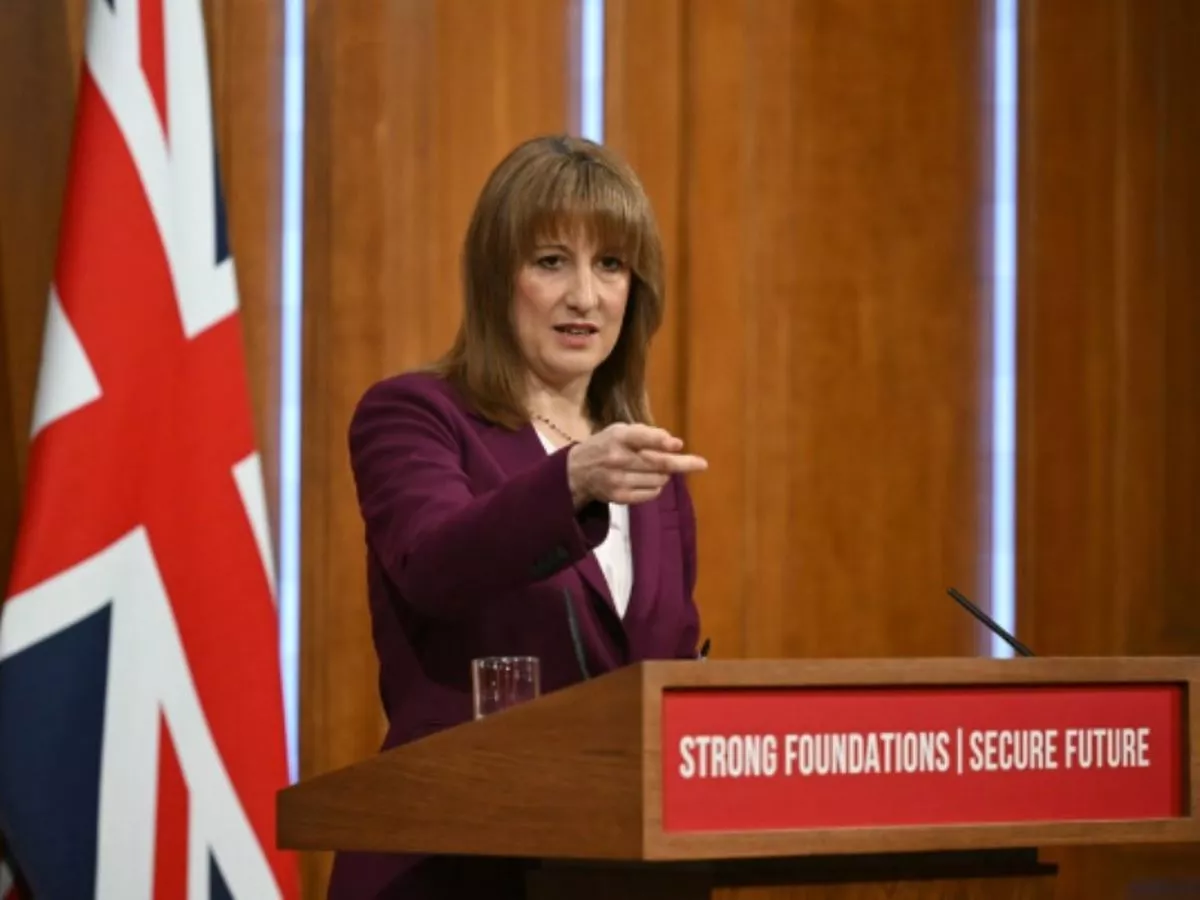Copyright Hartford Courant

Already anticipating huge surpluses this budget cycle and next, Connecticut’s coffers will swell even more, state analysts projected Monday, thanks to surging income and business tax receipts tied to a robust stock market in 2025. The swelling projections — about $1.1 billion in extra revenue this fiscal year and an average of $500 million more in each of the next two — likely will expand calls for further state tax cuts and greater investments in human service programs to assist Connecticut households strained by tightening federal budget policies. “Today’s consensus revenue forecast shows continued economic growth in Connecticut for families and businesses alike,” Gov. Ned Lamont said late Monday after his budget staff and the legislature’s nonpartisan Office of Fiscal Analysis released their first joint revenue forecast for the fiscal year. The two agencies will revise those projections twice more before the budget year ends June 30, on Jan. 15 and on April 30. The new report does show that federal cuts to the corporate tax rate effectively will cost Connecticut hundreds of millions in state receipts from major companies over the coming years. But that will be more than offset by Wall Street, and by steadier and less flashy growth in sales tax receipts and income tax payments from wages and general earnings. “While our state’s economy will always be influenced by external factors,” Lamont added, “we in Connecticut are staying on the right track where we can control our future.” Analysts: Revenues grow through the 2020s At first glance, Connecticut’s budget is taking a hit this fiscal year. The General Fund, which represents about 90% of the $27.2 billion overall state budget and covers most operating expenses, will collect $135 million less than analysts had projected. The fund, previous projected to finish $322 million in the black, now should have about $190 million left over. President Donald Trump and Congress adopted a broad series of household and corporate income tax reductions last July, paying for a portion of them with deep cuts to Medicaid and other human service programs. And because Connecticut links its corporate tax system to the federal code — as do several other states — analysts say those changes will cost Connecticut more than $100 million, on average, across this fiscal year and the next two. But just outside the formal budget, there is good news that overwhelms the bad. Since 2017, Connecticut has used a special savings program that captures much of its income and business tax receipts linked to investment earnings before they even arrive in the formal budget, so legislators cannot spend them. And the forecast released Monday says this category will generate almost $1.1 billion more than expected this year. The Dow Jones Industrial Average closed Monday up almost 7% for 2025. The Standard and Poor’s 500, another key market index, closed up almost 14% for the year. Given that projected savings and the General Fund’s estimated operating balance, Connecticut now expects to close its books June 30 with about $2 billion unspent, one of the largest surpluses in state history and greater than the $1.8 billion cushion the state has averaged since 2017, when aggressive new budget caps were established. Analysts also boosted their expectations for total state revenues by more than $650 million next fiscal year and by another $350 million in 2027-28. CT lawmakers eye tax relief, more state services, to counter federal cuts Majority Democrats in the General Assembly have become increasingly critical of these surpluses, which have been used chiefly to build reserves and reduce Connecticut’s hefty pension debt. Many Democratic lawmakers and progressive organizations argue the savings program is excessive and should be scaled back some to restore more funds for education, health care, municipal aid and other core services. “These [revenue] numbers show what our coalition has been saying for years: our problem in Connecticut is the lack of political will to spend the money we already have. It’s time for our governor and his budget team to put families first and reconsider the fiscal roadblocks so we can stop hoarding money and start responding to the needs in our communities, which get worse every year,” said Norma Martinez HoSang, director of CT For All, a progressive coalition of more than 60 faith, labor and other civic organizations. Lamont, a fiscally moderate Democrat, has been one of the budget cap’s chief defenders, often teaming with minority Republicans to argue it should be changed little or not at all. Many of Lamont’s fellow Democrats in the legislature’s majority argue it’s excessive, pulling too much revenue from education, health care and other core services. But while the GOP has been wary to ease budget caps to increase spending, more Republicans are talking about saving less — if it means Connecticut can finance more state tax cuts. House Republicans last month proposed what would amount to one of the largest state income tax cuts in Connecticut history. The GOP wants to boost an income tax credit that offsets a portion of middle-class households’ municipal property tax bill from a maximum of $300 to as much as $1,000. The initiative would cost the state, Republicans estimate, about $500 million per year. “We need property tax relief, and our caucus stands by that,” House Minority Leader Vincent J. Candelora, R-North Branford, said Monday, adding that Republicans will push hard for this when the regular 2026 legislative session opens Feb. 4. “Our property taxes have been squeezed to the bone, and people cannot pay the levels they’ve been required to pay to maintain public services.” Rep. Maria Horn, D-Salisbury, co-chairwoman of the tax-writing Finance, Revenue and Bonding Committee, said Monday she expects lawmakers from both parties will seek state tax relief to help Connecticut households hurt by federal cuts to human service programs. “I’m sure there will be” bipartisan interest, she said, “particularly given the volatility at the federal level and what we anticipate to be pretty massive costs inflicted on us by federal policies. Our [budget caps] will be under pressure.” Many legislators also are expected to call for greater state spending as well, though, in the coming years, with a particular focus on Medicaid, a massive health care program that faces deep federal cuts in 2027 and 2028. Keith M. Phaneuf is a reporter for the Connecticut Mirror. Copyright 2025 @ CT Mirror (ctmirror.org).



